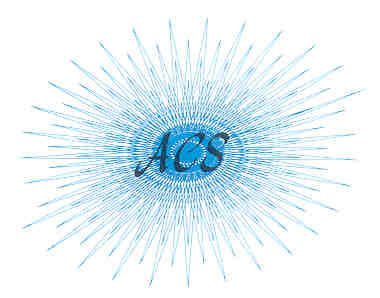 |
Analytical Control
Systems, Inc Analytical Control Systems, Inc. |
|
|
317-841-0458
317-841-3186
Analytical Control Systems, Inc.
|
Platelet Aggregation Assay: Mechanism of Activation & Inhibition Explored Sensitivity of Platelet Aggregation Assay (PAA) Stimulated Platelet Aggregation to the Aspirin Induced Platelet Lesion By KA Schwartz, DE Schwartz and JA Davis, Dept. of Med. Michigan State Univ, E. Lansing MI The sensitivity of (PAA) induced platelet stimulation to the acetyl salicylic acid (ASA) induced platelet lesion was assessed using platelet aggregometry. Pre-ASA aggregometry was measured in 7 volunteers who had not taken ASA or other platelet inhibitors for at least 2 weeks. 24 hrs after 325 mg of oral ASA, aggregometry studies were repeated. Platelets, at 200,000/µl, were stimulated with increasing concentrations of PAA (10, 20, 30, 40 and 50 µM) and compared to ADP induced platelet stimulation at concentrations of (2.5, 5, 10, and 20 µM). Using 30 µM PAA, the ASA induced platelet lesion (post) was completely separable from the pre-ASA results; ASA exposure prolonged the time to 50% aggregation (Time AGG) (Pre x=3.92 ± 0.66 min, Post x=8.65 ± 0.71 min) P=0.0005 and decreased the maximal Slope (Pre x=84.3 ± 6.58, Post x=25.4 ± 0.71) P=0.0008. 10 µM PAA failed to stimulate aggregation pre-ASA in 5 of 7 normals. 20 µM PAA induced aggregation in all 7 pre-ASA normals, but aggregation was either severely inhibited or absent following ASA in 6 of the 7. Stimulation with the higher PAA concentrations, 40 & 50 µM, produced shorter Time AGG and steeper Slopes. Comparable studies using increasing concentrations of ADP to stimulate platelet aggregation showed that both the Time AGG and the Slope did not predictably change after ingestion of ASA. The mechanism of PAA induced platelet stimulation was investigated. Luciferin/luciferase studies showed that PAA stimulated release of platelet granules. Platelet aggregation with 30 µM PAA was: blocked or severely inhibited by 0.025% Na Azide which blocks cytochrome B: partial inhibition was observed with 0.2 mM RGD peptide which blocks platelet fibrinogen binding (no effect was observed with nonsense peptide); blocked with 100 µM sphingosine an inhibitor of protein kinase C; blocked with 1 µM PGE1, an indirect stimulator of adenylate cyclase; and blocked with ASA an inhibitor of cyclooxygenase. In conclusion, PAA induced platelet stimulation is dependent on an active platelet metabolism and can be inhibited via blockade of different metabolic pathways. Volunteers used as their own control show clear differences in both Time AGG and Slope when pre and post ASA 30 µM PAA platelet aggregations are compared.
|